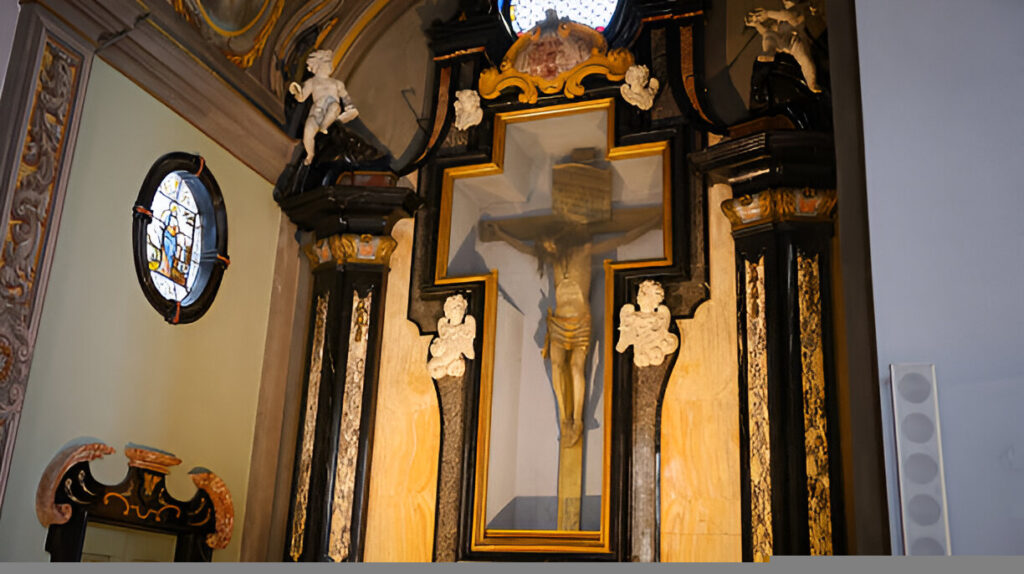In an age dominated by sleek minimalism and digital conveniences, traditional interior pieces continue to hold a profound place in many homes. These pieces aren’t just decorative items; they carry history, identity, and craftsmanship passed down through generations. Whether it’s the elegance of an antique armoire or the intricate pattern of a handwoven rug, traditional décor serves as a cultural anchor, offering a sense of belonging and storytelling within a modern space.
Contents
The Storytelling Power of Traditional Furniture
Traditional furniture often reflects the values, resources, and aesthetics of the culture from which it originates. For instance, a carved wooden chest from India might showcase motifs symbolizing prosperity, while a Scandinavian rocking chair tells a tale of simple, functional design rooted in family life. These pieces are not mass-produced; they bear the marks of human hands, often created for practical use but evolving into treasured heirlooms.
Incorporating these furnishings into modern interiors doesn’t just add visual interest—it connects us to a broader cultural narrative. It reminds us that our homes can reflect more than current trends; they can reflect heritage, craftsmanship, and personal memory.
Rugs as Cultural Expressions
Among the most revered traditional interior pieces are rugs, specifically hand-knotted varieties that tell rich stories through thread and pattern. For many cultures, rugs are more than floor coverings. In Persian, Turkish, and Central Asian households, for example, they are integral to daily life and ceremonial events. The designs often depict local flora, religious symbols, or geometric patterns with centuries of meaning behind them.
Owning a rug from such traditions is like owning a fragment of history. These pieces are typically made with natural dyes and fibers, and the process of weaving can take months or even years. That effort imparts not just beauty but also value—both monetary and cultural. For those seeking quality and heritage, finding authentic oriental rugs is a way to bring history home.
The Emotional Resonance of Antiques
Antique items such as grandfather clocks, armoires, or porcelain figurines often stir feelings of nostalgia. For some, they recall their grandparents’ homes, childhood memories, or cultural customs. Their presence in modern homes creates a dialogue between past and present, honoring where we come from while complementing where we are now.
Furthermore, these pieces often carry familial significance. A dining table that hosted countless family gatherings or a mirror passed down through generations becomes more than décor; it becomes a container of memory. Even when sourced from markets or auctions, antiques can evoke emotional responses simply because of the stories they suggest.
Symbolism and Function in Traditional Artifacts
Many traditional pieces serve dual roles—functional and symbolic. A Chinese folding screen, for instance, might serve to divide a room but also features elaborate storytelling through its imagery. Similarly, African tribal masks displayed on walls are deeply rooted in ceremony and spiritual practice, transcending their visual appeal to signify belief systems and cultural practices.
Understanding the symbolic function of such pieces enriches the experience of owning them. They invite questions, encourage learning, and spark conversation, turning homes into cultural learning spaces rather than static showrooms.
Embracing Tradition in Modern Design
While some shy away from traditional pieces for fear they’ll clash with contemporary interiors, the opposite is often true. The fusion of old and new creates a layered, textured aesthetic that feels curated and thoughtful. A modern sofa paired with a vintage rug or antique sideboard can balance the coolness of minimalism with the warmth of heritage.
Designers today frequently recommend incorporating one or two standout traditional items to give personality to a space. These items act as focal points and conversation starters, anchoring rooms in authenticity.
Final Thoughts
Traditional interior pieces do more than fill space; they connect us to cultural legacies, preserve craftsmanship, and carry emotional weight. Whether you’re decorating a new home or refreshing a room, considering the history behind each piece can lead to more meaningful design choices. After all, in a world that often races forward, there is beauty in holding on to what came before.



